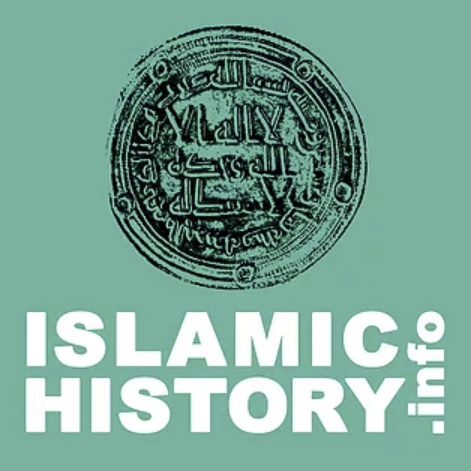In this article we give discuss the life of the hadith rejector, Ghulam Ahmed Parwez.
Parwez’s early life
Parwez was born in 1903 in the Indian state of Punjab. His early Islamic studies were under his grandfather who was a well-known Sufi mystic. He graduated from Punjab University in 1934 after which he worked as a civil servant in India and then, following the partition, in Pakistan.
In 1938 Parwez began publishing a journal called Tulu’l Islam [1] (the Dawn of Islam) in Delhi, and following a six-year break, he resumed publishing in Karachi. In 1957 he was appointed as a member of the Islamic Law Commission, but this appointment only lasted one year (McDonough, 1970:35). However he maintained a close relationship with senior politicians in Pakistan including Muhmmad Ali Jinnah, Zulfiqar Bhutto and Ayub Khan [2].
His views on ḥadīth resulted in a fatwa, signed by over a thousand religious scholars, declaring him to be an apostate [3]. He died in 1986 having authored over sixty books in Urdu including Maqām-e–ḥadīth.
Tracing the origins of hadith rejection
Dr as-Saleh as-Saleh states that in addition to Parwez’s Tulu’l Islam movement, three other Qur’aniyūn groups operate in Pakistan. They are: Umāt Muslimūn ahl thikr wa’l Qur’ān, Umāt Muslimūn, and Tahrīq Tahmīr Insān. The ideological impetus for all four groups can be traced back to the works of Sayyid Ahmed Khan (1817 -98), known as the founder of the modernist movement in the Subcontinent. He subjected the Qur’ān and Ḥadīth to ‘rational science’, resulting in a metaphorical interpretation of the many of the tenants of the Muslim belief. Khan held that it was not obligatory to follow a legal ruling from the ḥadīth. Chiragh ‘Alī [4] further developed the view of his teacher Khan, holding that almost the entire body of ḥadīth was inauthentic. As-Saleh states that Chakrawalvi,[5] who was influenced by ‘Alī and Khan, was the first person in the Indian sub-continent to completely reject ḥadīth. He was a major influence on Parwez, who held him in high esteem.
Conclusion
A well organised and highly educated modernist movement in India, which was heavily supported by the British colonialists, sowed the seeds for Parwez’s thought. The success of modernist movement in the sub-continent amongst sections of the intelligentsia made Parwez’s view all the more palatable [6].
[1] Tulu’l Islam is also the name of his organisation.
[2] Zubair Ali (2013) Fallacies Of The Anti Hadith Argument.
[3] Ahmad, Aziz. (1967). Islamic Modernism in India and Pakistan, 1857 -1964. London: Oxford University Press. page 233.
[4] Born in 1844, he believed that the Qur’ān was the word of Muhammad (salalahu alayhi wa sallam) He rejected ḥadīth, and ijmā as binding sources of law and stated that the Qur’ān was to be reinterpreted in light of new circumstances (Ahmad, 1967: 57-60) Both Khan and Chiragh ‘Alī were patronised by the British in India.
[5] Chakrawalvi founded Ahl Thikr wa’l Qur’ān movement. He died in 1914
[6] This is in contrast to the Qur’aniyūn movement in the Arab world, which was poorly organised, and in some countries, suppressed by the governments.

